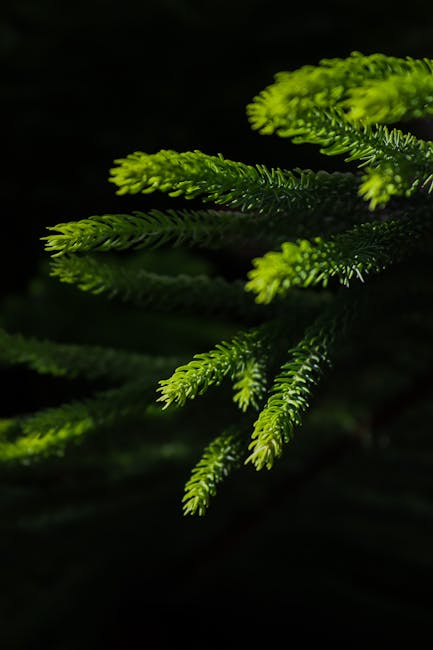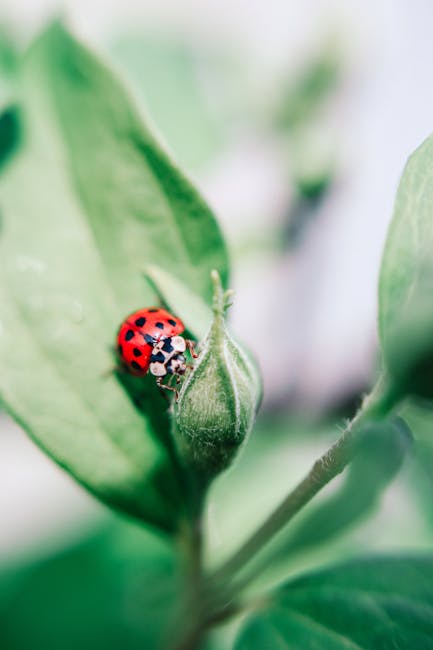Imagine transforming your small outdoor space or even an indoor wall into a lush, green oasis. Vertical gardens, also known as living walls, offer a creative solution for those who want to incorporate nature into their environment without requiring extensive ground space. By utilizing vertical surfaces, you can grow a variety of plants, from vibrant flowers to fresh herbs and vegetables.
This innovative gardening technique not only maximizes your available area but also enhances the aesthetic appeal of your surroundings. Creating a vertical garden can be as simple or as complex as you desire. You might start with a few wall-mounted planters or opt for a more elaborate system with trellises and modular planting systems.
The choice of plants is crucial; consider selecting species that thrive in your local climate and can adapt to the vertical environment. Succulents, ferns, and trailing vines are popular choices due to their ability to flourish in limited soil and their striking visual impact. As you cultivate your vertical garden, you’ll find that it not only beautifies your space but also improves air quality and provides a habitat for beneficial insects.
Key Takeaways
- Vertical gardens are a space-saving way to grow plants by utilizing vertical space, such as walls or fences.
- Companion planting involves planting different types of plants together to benefit each other, such as deterring pests or improving soil quality.
- Upcycled garden art involves using recycled materials to create unique and sustainable garden decorations.
- Herb spirals are a compact and efficient way to grow a variety of herbs in a small space, using a spiral-shaped design to create different microclimates.
- Keyhole garden design features a central composting basket that nourishes the surrounding plants, creating a sustainable and self-sufficient garden.
Companion Planting
Plant Partnerships: Enhancing Flavor and Repelling Pests
For instance, consider planting tomatoes alongside basil. Not only does basil enhance the flavor of tomatoes, but it also repels pests like aphids and whiteflies. Similarly, marigolds are known to deter nematodes and other harmful insects when planted near vegetables.
A More Sustainable Approach to Gardening
By incorporating companion planting into your gardening routine, you can reduce the need for chemical pesticides and fertilizers, leading to a more sustainable and organic gardening experience. As you experiment with different plant combinations, you’ll gain valuable insights into the interconnectedness of nature and the importance of biodiversity in your garden.
Unlocking the Secrets of Nature
As you delve deeper into the world of companion planting, you’ll discover the intricate relationships between different plant species and how they work together to create a thriving ecosystem. By embracing this natural approach to gardening, you’ll not only create a healthier and more productive garden but also develop a deeper appreciation for the natural world.
Upcycled Garden Art
In a world increasingly focused on sustainability, upcycled garden art has emerged as a popular trend among eco-conscious gardeners. This creative approach allows you to transform discarded materials into unique pieces that add character and charm to your outdoor space. From old tires turned into planters to glass bottles fashioned into whimsical sculptures, the possibilities are limited only by your imagination.
As you embark on your upcycling journey, consider the materials you have on hand or can easily acquire. Old furniture, broken tools, and even scrap metal can be repurposed into stunning garden features. Not only does this practice reduce waste, but it also provides an opportunity for self-expression and creativity.
You might find joy in painting an old chair to serve as a colorful plant stand or using wooden pallets to create a rustic vertical garden. Each piece of upcycled art tells a story and reflects your personal style while contributing to a more sustainable gardening practice.
Herb Spiral
If you’re looking for an efficient way to grow herbs while maximizing space, consider constructing an herb spiral. This innovative design combines aesthetics with functionality, allowing you to cultivate a diverse range of herbs in a compact area. The spiral shape creates microclimates that cater to different plant needs, making it an ideal solution for gardeners with limited space.
Building an herb spiral involves stacking stones or bricks in a spiral formation, creating varying heights that provide different levels of sunlight and moisture retention. The top of the spiral is perfect for sun-loving herbs like rosemary and thyme, while the lower sections can accommodate moisture-loving plants such as mint and parsley. As you tend to your herb spiral, you’ll appreciate the ease of access to fresh herbs for cooking and garnishing dishes.
This design not only enhances your gardening experience but also adds visual interest to your landscape.
Keyhole Garden Design
The keyhole garden design is another innovative approach that combines efficiency with sustainability. This circular garden layout features a central composting basket that nourishes the surrounding plants while allowing for easy access from all sides. The design is particularly beneficial for those who want to maximize their gardening efforts while minimizing water usage and labor.
In constructing a keyhole garden, you’ll create a raised bed with a pathway leading to the composting center. This layout encourages efficient use of space and resources, as the composting material breaks down over time, enriching the soil and providing essential nutrients to the plants. Additionally, the circular design allows for easy maintenance and harvesting without trampling on the plants.
As you cultivate your keyhole garden, you’ll find that it not only produces bountiful yields but also fosters a sense of community as you share your gardening knowledge with others.
Pollinator Gardens
Ensuring a Continuous Food Source
This ensures a continuous food source for pollinators from spring through fall. Additionally, incorporating diverse plant heights and structures will create an inviting environment for various species.
Enjoying the Fruits of Your Labor
As you watch bees buzzing from flower to flower and butterflies fluttering about, you’ll feel a sense of fulfillment knowing that you’re contributing to the health of your local ecosystem.
Mandala Garden Layout
The mandala garden layout is an artistic approach that combines beauty with functionality. Inspired by traditional mandala designs, this layout features circular patterns that radiate from a central point, creating visually stunning gardens that are both harmonious and practical. The mandala design allows for efficient use of space while providing distinct areas for different plant types.
As you create your mandala garden, consider incorporating pathways that allow for easy access to each section while maintaining the overall aesthetic appeal. You might choose to plant herbs in one section, flowers in another, and vegetables in yet another, all while ensuring that each area complements the others visually and ecologically. The mandala layout not only enhances the beauty of your garden but also encourages mindfulness as you engage with nature in a structured yet organic way.
Permaculture Design
Permaculture design is an approach that emphasizes sustainability and harmony with nature. By observing natural ecosystems and applying those principles to your gardening practices, you can create a self-sustaining environment that requires minimal intervention while maximizing productivity. This holistic approach encourages biodiversity, soil health, and efficient resource use.
Incorporating permaculture principles into your garden involves careful planning and observation. You might start by mapping out your space and identifying areas with varying sunlight exposure, moisture levels, and soil types. From there, you can select plants that thrive in those conditions while considering their relationships with one another.
For example, planting nitrogen-fixing legumes alongside heavy feeders like corn can enhance soil fertility naturally. As you embrace permaculture design in your gardening journey, you’ll cultivate not only plants but also a deeper connection with the natural world around you. In conclusion, exploring these diverse gardening techniques can enrich your experience as a gardener while promoting sustainability and creativity in your outdoor spaces.
Whether you’re drawn to vertical gardens or intrigued by permaculture design, each method offers unique benefits that contribute to a healthier planet and a more fulfilling gardening journey. Embrace these practices as you cultivate not just plants but also a deeper appreciation for nature’s intricate web of life.
If you’re looking for inspiration for your community garden plot ideas, you may want to check out the article “Blooming Bliss: The Art of Gardening” on Skidmore Gardens. This article discusses the beauty and creativity that can be found in gardening, offering tips and ideas for creating a stunning garden space. Additionally, you may also find the article “Roots to Riches: The Magic of Organic Garden Compost” on Skidmore Gardens helpful in learning about the benefits of using organic compost in your garden.




